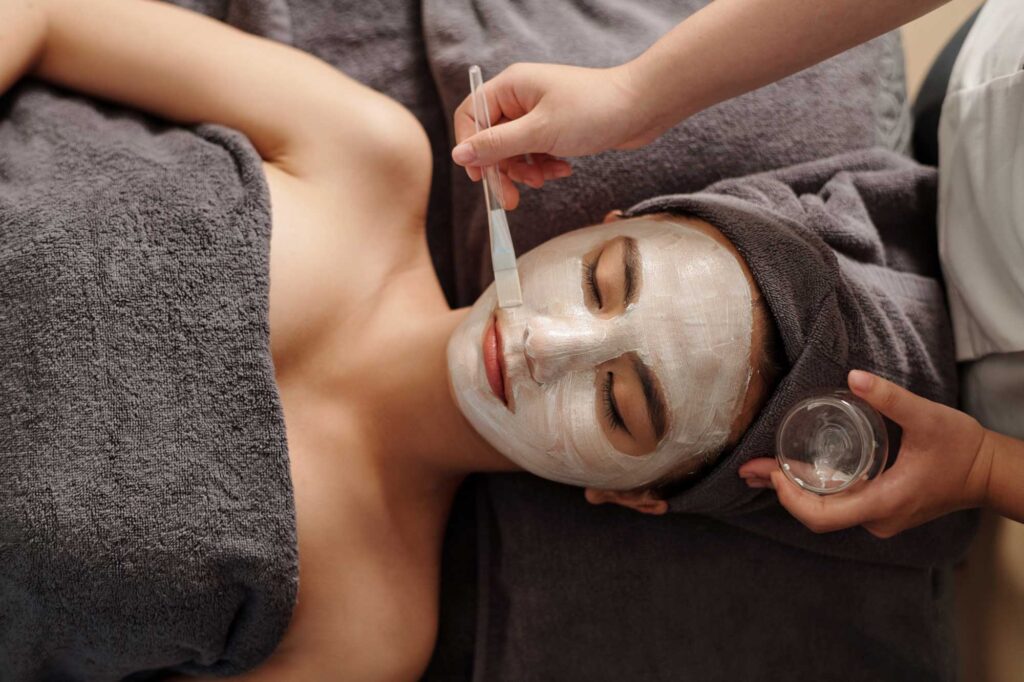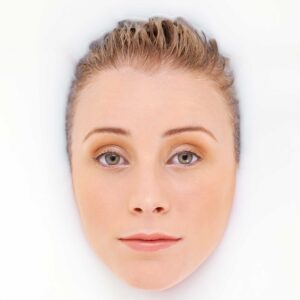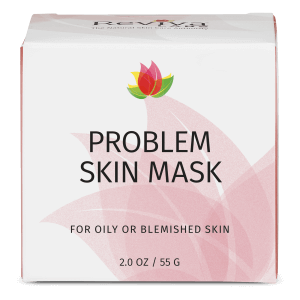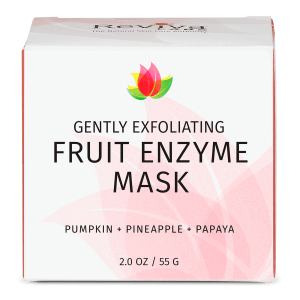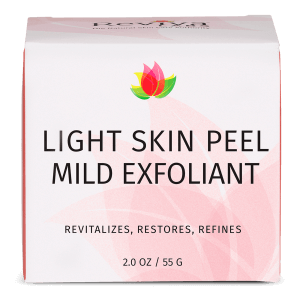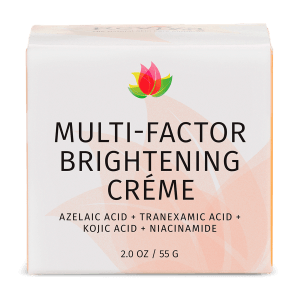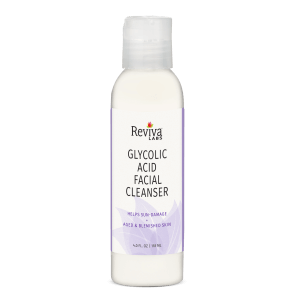Natural, Reviva Labs, Skin Care
How to Multi-Mask for Maximum Benefits
Healthy, glowing skin isn’t just about using a single product; it’s about understanding what your skin needs and when. Multi-masking is one of the most effective ways to address different skin concerns in one session. Whether you’re dealing with oiliness in the T-zone, dry patches on the cheeks, or occasional breakouts, a strategic approach to applying masks can work wonders.
What is Multi-Masking?
Multi-masking is a skincare technique that involves using different masks on various parts of the face simultaneously. Instead of applying one mask to the entire face, you customize treatment based on your skin’s unique needs. This method allows you to tackle multiple issues at once, leading to more balanced and radiant skin.
Your forehead may need oil control, while your cheeks require hydration. Under your eyes, a soothing mask can help with puffiness, and your nose might benefit from pore-clearing ingredients. Multi-masking makes it easy to give each area exactly what it needs.
Choosing the Right Masks for Your Skin
Selecting the best masks depends on your skin type and concerns. The key is to balance treatments to avoid overloading the skin while addressing specific problem areas.
- For Oily or Acne-Prone Areas: Clay-based or charcoal masks work best to absorb excess oil and clear out clogged pores. Look for ingredients like kaolin, bentonite, activated charcoal, or sulfur to help with breakouts and blackheads. The Problem Skin Mask from Reviva Labs is designed to absorb oil and remove impurities without drying out the skin.
- For Dry or Dehydrated Skin: Hydrating masks with ingredients like hyaluronic acid, aloe vera, or plant oils replenish moisture and restore skin’s suppleness. The Gently Exfoliating Fruit Enzyme Mask contains pumpkin, papaya, and pineapple enzymes that gently exfoliate while keeping skin hydrated.
- For Sensitive or Red Areas: Soothing masks with chamomile, calendula, or oat extract help calm irritation and reduce redness. A gentle formulation like the Calming Renewal Serum, featuring hemp oil and Ayurvedic botanicals, can be layered over sensitive areas for additional nourishment.
- For Dull or Uneven Skin: Brightening masks with vitamin C, kojic acid, or fruit enzymes work to enhance radiance. If your complexion looks uneven, the Dark Spot Brightening Serum, which includes niacinamide, glycolic acid, and bearberry extract, can help reduce discoloration.
- For Fine Lines and Firmness: Firming masks with peptides, DMAE, or collagen improve elasticity and smooth the appearance of fine lines. The Elastin + DMAE Night Crème works overnight to support skin firmness while improving hydration.
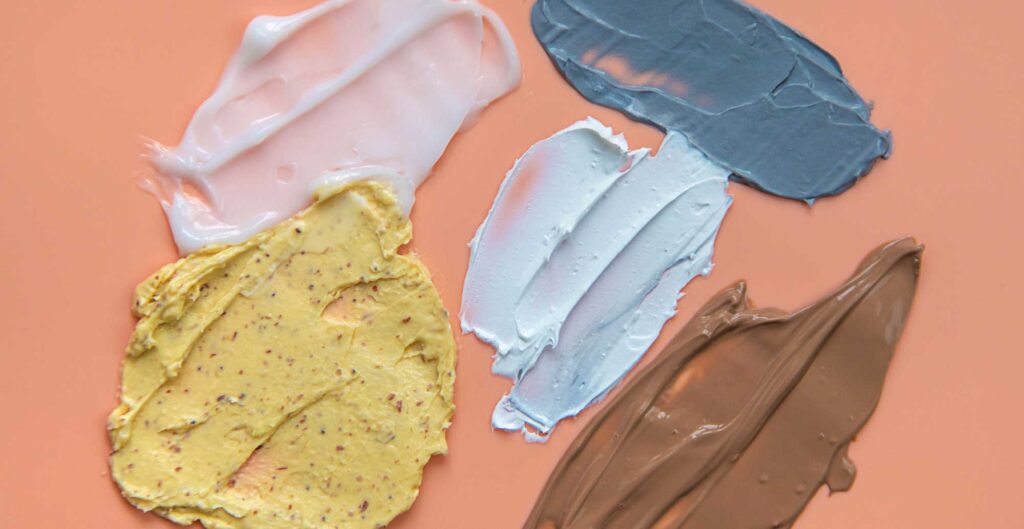
Step-by-Step Guide to Multi-Masking
Step 1: Prep Your Skin
Start with a clean face. Use a gentle cleanser like Reviva Labs’ Glycolic Acid Facial Cleanser, which offers mild exfoliation while removing impurities. Pat your skin dry, then use a toner to balance the skin’s pH and enhance absorption.
Step 2: Identify Your Skin Zones
Stand in front of a mirror and assess your face. Do you notice any shine in your T-zone? Are there dry patches on your cheeks? Mapping out these areas will help you determine which masks to apply where.
Step 3: Apply the Masks Strategically
Use a brush or your fingertips to apply each mask to its designated area. Here’s a common breakdown:
- Forehead, Nose, and Chin (T-Zone): Apply an oil-absorbing mask like the Bamboo Charcoal Mask to control shine and unclog pores.
- Cheeks and Jawline: Use a hydrating mask with hyaluronic acid or nourishing botanical oils. The Calming Rejuvenation Crème, packed with seabuckthorn and manuka honey, is excellent for this area.
- Under-Eye Area: Apply a lightweight, soothing formula such as the Vitamin K Crème, which helps with puffiness and discoloration.
- Hyperpigmentation or Dark Spots: If you have uneven skin tone, use the Multi-Factor Brightening Crème, which includes kojic acid and tranexamic acid to brighten discoloration.
Step 4: Relax and Let the Masks Work
Leave the masks on for the recommended time, usually 10–20 minutes. Avoid excessive facial movements to allow the ingredients to penetrate effectively.
Step 5: Rinse and Follow Up with Hydration
Gently remove the masks with lukewarm water and a soft washcloth. After drying your face, apply a hydrating serum, such as Hyaluronic Acid Serum, to lock in moisture. Finish with a moisturizer suited to your skin type.
How Often Should You Multi-Mask?
Multi-masking can be done one to three times per week, depending on your skin’s needs. If your skin feels dry or irritated, reduce frequency or choose gentler masks. Rotating different formulations ensures your skin gets a variety of nutrients without overstimulation.
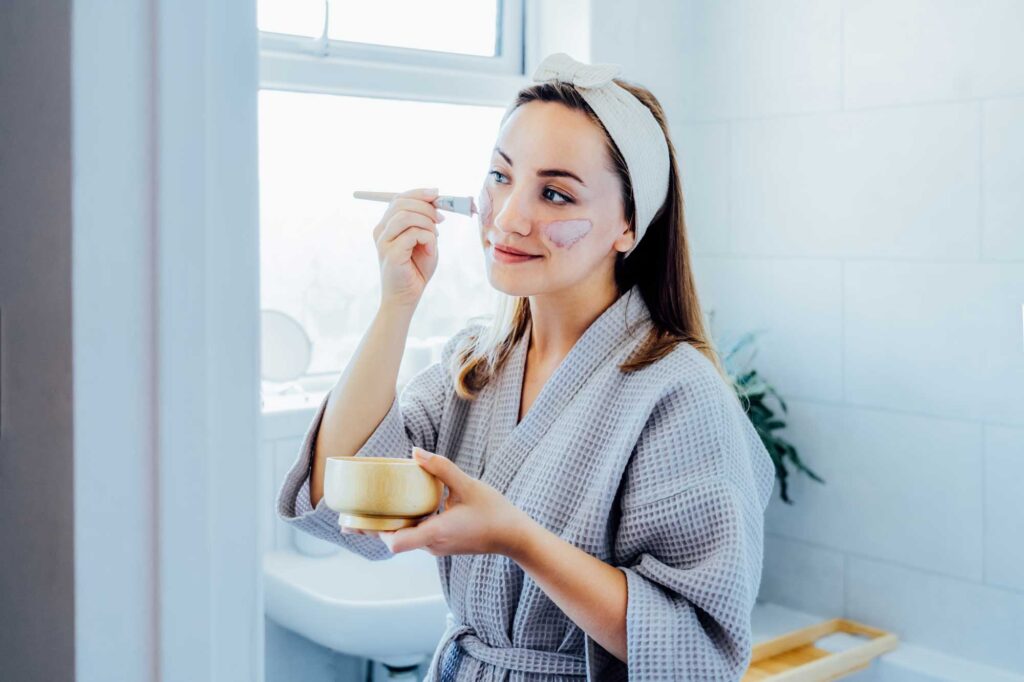
Why Multi-Masking Works So Well
The biggest advantage of multi-masking is customization. Instead of treating your entire face the same way, this method targets individual skin concerns, maximizing effectiveness. Over time, this approach can lead to a more balanced, healthier complexion.
Multi-masking also allows for better ingredient absorption, as you’re not overwhelming your entire face with a single active. By using masks in harmony, you can optimize their performance and achieve visible results faster.
Making Multi-Masking Part of Your Routine
Think of multi-masking as a self-care ritual rather than just another skincare step. Setting aside time for this process allows you to check in with your skin’s needs and adjust your routine accordingly.
For best results, integrate this technique into your weekly regimen and complement it with a skincare routine tailored to your needs. Reviva Labs offers a range of targeted treatments, making it easy to mix and match products for the ultimate skincare experience.

